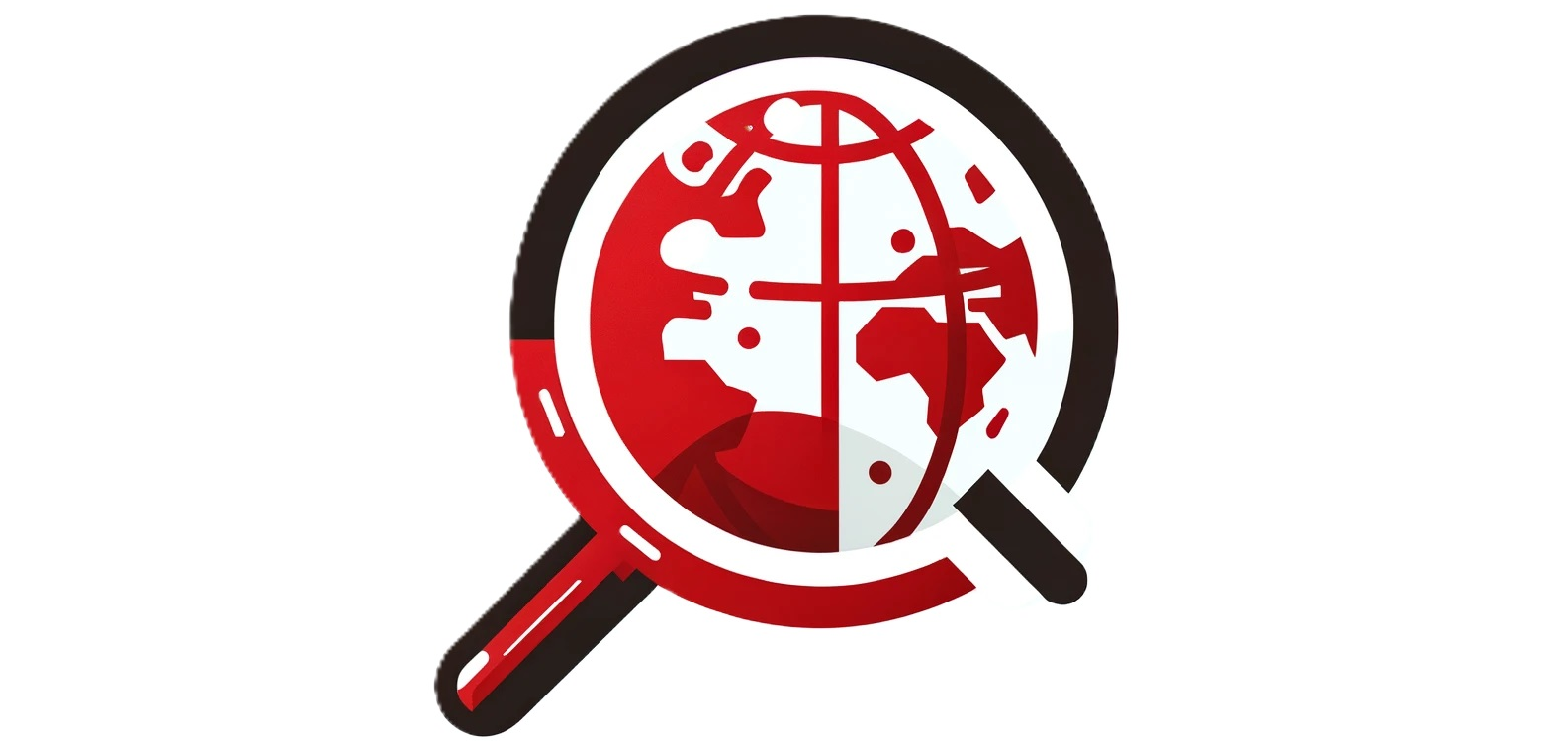When China reformed, opening for business to the world, it quickly became a global leader in manufacturing. This was due to its cheap labour force and access to raw materials. But for a long time made in China products have been considered goods of questionable quality. Given that China has been a major manufacturing country for decades now, many people are wondering if this is still the case.
Why Were Made In China Products Associated with Bad Quality? China has a reputation for producing cheap and low-quality products. This is partly because it was a developing country for so many centuries, and its manufacturing industry was not fully developed until recent decades. The country had in the beginning substandard manufacturing processes that made it difficult to produce refined products of high quality of products made in China.
On top of that, there was for a long time lack of quality control in China – which led to many factories producing low-quality goods even if they could produce high-quality goods.
But with the accumulation of decades of experience in manufacturing, processing, supply chain management, and increasing demands for quality improvement from domestic and international consumers, China has greatly improved its manufacturing capabilities. This demand has resulted in the emergence of both high-end manufacturers and third-party quality assurance providers, with a focus on inspections, supplier evaluation, and testing.
Does China Have Quality Control?
China has in recent years taken quality control seriously to ensure that they are meeting international standards in every aspect.
For example, certified quality control providers in China must strictly comply with the requirements of the ISO17025 management system, which is recognized by the China National Accreditation Service for Conformity Assessment (CNAS), a member of the International Laboratory Accreditation Cooperation (ILAC). Testing and inspection results issued by certified QC providers are recognized internationally. For example, testing lab results are periodically compared with the results from international labs to ensure they comply with ISO17025 requirements.
Quality Control Played a Big Role in the Improvement of Made In China Quality
Understanding the state of the quality control inspection and testing industry is key to understanding the shift in perception of “Made in China” products. For example, clothing and textile products. Because they are close-contact articles, standards governing their manufacture have been implemented by quality assurance bodies around the world. Among the most well-known are the U.S. AATCC and ASTM, ISO, Australia AS, British BS, EU EN, Japan JIS, and China GB. The testing standards tend to be similar, and primarily cover issues related to:
- Component materials
- Tensile strength
- Shrinkage
- Color fastness
- Hazardous substances
- Flammability, etc.
However, the standards and requirements may differ considerably by retailer, importer, country, and region; leading to varying degrees of product quality. Therefore, the quality of “Made in China” products increasingly depends on market requirements, rather than a preconceived notion.
Chinese Manufacturers’ Capability Has Increased
China manufacturers are now able to manufacture products across all levels of the value chain, from high-quality products at a higher cost, to mid-range and cheap inferior products at lower costs. This is a marked change from the past when limitations in technical and quality competencies in China resulted in a reputation for producing inferior products at low cost.
Larger Chinese Manufacturers Understand the Importance of Quality Control
From the standpoint of buyers, importers and exporters, regions and governments, retailers and consumers, requirements for safety, environmental protection, appearance, function, etc. also vary considerably, thus impacting product quality.
Different manufacturing and supply chain models are developed to support these requirements, which are then conveyed to Chinese manufacturers. The manufacturers carry out production and quality management as per the requirements to ensure the satisfaction of the customer, receipt of payment, complaint and product recall mitigation, and sustainable development. Manufacturers with the best success in satisfying buyers outside of China are usually the enterprises with suitable scale and technical strength, and who can guarantee the level of product quality. To do so, they must be familiar with, and capable of managing, product quality demands across a broad spectrum of requirements.
Therefore, top manufacturers understand the importance of product inspection and testing from material selection through manufacturing. Proper application of quality processes and techniques helps to avoid reworking of finished products, refusal of entry at the port, or recall after the products are sold on the market. A qualified product inspection and testing report are quite important for guaranteeing the product quality and for increasing the trust among parties.
A Changing Perception of Made In China Products: From Low-Quality to High-Quality
Another factor in changing the perception of “Made in China” products is the growth of the original equipment manufacturer (OEM) industry in China. OEMs produce and sell their products to other manufacturers, retailers, and end users. These are typically high quality products made in China. These include products being manufactured for Apple, Armani, GUCCI, and most other well-known brands.
With the rise of the internet and e-commerce in China, as well as improvement in manufacturing processes and technologies, some Chinese enterprises have even transformed themselves into design and manufacturing powerhouses. This is also changing the view of “Made in China”. These companies are building globally recognized brands such as HUAWEI, XIAOMI, and many others, and are poised to capture significant global market share in their categories.
How Does Third-Party Quality Inspection in China Ensure Product Quality?
Quality inspection in China by third-parties not only reduces the risk of counterfeit products but also helps to improve the product quality.
If an inspection or testing provider finds that a product does not comply with relevant criteria, details, and proof of non-compliance are clearly recorded in the final report. You can see an example of an inspection report here.
The inspectors should not make any false statements or provide inaccurate information for any non-compliance discovered in products during the quality control process. While there are some exceptions, the quality control inspector should generally not be viewed as an advocate for the buyer or seller, but rather as an independent, objective third party. As such, it maintains its own integrity, neutrality, and objectivity while providing reliable quality control reports; allowing it to preserve a professional reputation and sustainable business development.
Can Third-Party Quality Inspections in China Be Trusted?
Generally speaking, the quality inspector from a third-party company will always be objective and hold neutrality. An inspector that violates these standards may come to the attention of the relevant regulatory bodies, by means of a complaint. In this case, an investigation is triggered, and any providers found to be repeat violators of prohibited acts would be barred from working in the industry. CNAS-certified providers must report their findings of compliance or non-compliance truthfully and accurately; it comes down to their very survival in the industry.
This underscores the importance of engaging only with a CNAS, or other accreditation body, certified quality control provider. It ensures the integrity of the quality control standards and compliance with customer requirements. This helps to avoid compromising situations as suppliers who seek approval based on a single high-quality sample, bribery, and other games they play to circumvent the requirements.
Conclusion: A New Perspective for Made in China Products
Made in China products have for a long time been known as goods of questionable quality. But times have changed. Not only has the manufacturer accumulated decades of experience and improved its manufacturing process. But the quality control management systems, like the ISO17025 management system and increased demand from the buyers, have increased the overall quality.
But that being said, the level of quality can still vary between manufacturers. As a buyer, it is always wise to hire an objective third-party inspector to test or quality inspect the products. AQM BD is a CNAS ISO accredited organization certified to perform quality control inspections and ISTA testing as well as testing against RoHS, REACH, CPSIA, DMF, CA Prop 65, GB and many other global standards. Contact us today if you have any questions about quality inspections in China!





